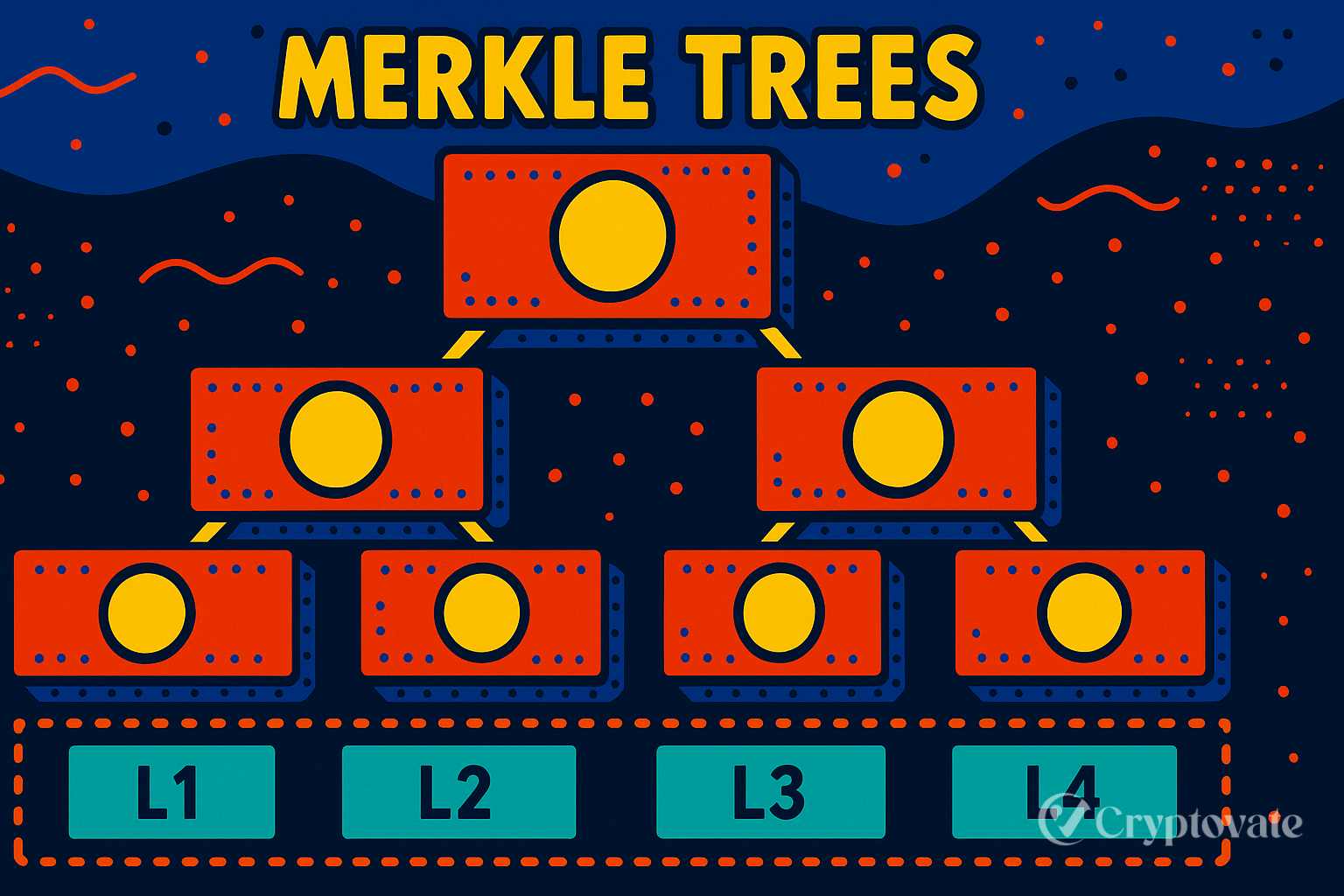– Ad –
| Getting your Trinity Audio player ready... |
Let’s talk about the crypto environmental impact — it’s the elephant in the server room that can no longer be ignored. You’ve probably seen the headlines: “Bitcoin uses more power than Argentina”, or “NFTs are melting the planet.” But is crypto bad for the environment, or are we looking at this all wrong? Let’s unpack it.
The Real Energy Monster: Proof-of-Work
First things first. Some cryptocurrencies, like Bitcoin, run on what’s called Proof-of-Work (PoW). It’s a system where computers (miners) compete to solve complex math problems. The winner gets rewarded. Sounds fine, right?
Until you realize those computers are running 24/7, sucking up over 320 terawatt-hours of electricity a year. That’s more than some countries use. This insane bitcoin energy consumption translates into millions of tons of CO₂, which doesn’t sit well in a world already on the climate edge.
And it’s not just the electricity. These mining rigs need cooling, which guzzles billions of gallons of water. Plus, hardware becomes obsolete fast, creating tons of e-waste every year. So yes, Proof-of-Work crypto is energy-heavy, no sugarcoating that.
Not All Crypto is Built the Same
Here’s where things shift.
Not all cryptocurrencies use this energy-hungry system. In fact, many new-age projects are turning to Proof-of-Stake (PoS), which doesn’t rely on raw computing power to validate transactions.
- When Ethereum switched to PoS, its energy use dropped by over 99.9%.
- Chains like Cardano, Solana, and Polkadot were designed to be green from the ground up.
So if you’ve been wondering about proof of stake vs proof of work energy, here’s your answer: PoS wins by a landslide.
The Rise of Sustainable Crypto
Here’s the part that rarely makes the news: crypto can actually go green.
- Miners are shifting to renewable energy sources like hydro and solar.
- Countries like Norway and Canada are encouraging eco-friendly crypto mining.
- New cooling systems, like immersion cooling, are reducing water waste.
Even Bitcoin is showing signs of progress. While it still runs on PoW, about 50–60% of mining now comes from clean sources.
And there’s a movement building around sustainable crypto, think blockchains with carbon offsetting, energy-efficient smart contracts, and better hardware reuse.
Regulations Are Catching Up
Governments aren’t sitting this one out either.
- New York has enacted a temporary ban on crypto mining operations powered by fossil fuels.
- The EU is drafting standards for clean blockchain operations.
- The U.S. is (slowly) gathering energy usage data from large miners.
This regulatory pressure is forcing the industry to evolve, or get left behind.
Is Crypto Bad for the Environment?
If you’re still asking crypto is bad for the environment, here’s your honest answer:
- Yes, if we’re talking about legacy Proof-of-Work coins using dirty power.
- No, if we’re talking about modern blockchains using Proof-of-Stake and renewables.
The key is understanding the type of crypto, the technology behind it, and the energy sources it relies on.
Also Read: How Token Burns Impact Cryptocurrency Price and Supply: A Complete Guide
What You Can Do as a User or Investor
You don’t have to be a tech wizard to support green crypto. Here’s how:
- Opt for environmentally friendly blockchains such as Ethereum (after the Merge), Cardano, or Solana.
- Check mining disclosures, is your coin backed by renewables?
- Support projects with transparency on carbon usage or environmental initiatives.
- Watch for green certifications or blockchain ESG ratings.
Sustainable finance is already a thing. Sustainable crypto is the next chapter.
Final Thoughts
The crypto environmental impact is real, but it’s also changing fast. Blaming all of Web3 for Bitcoin’s power bills is lazy thinking. The smarter take is this: Crypto isn’t the villain. Outdated tech is.
As PoS chains rise and clean mining becomes the norm, Web3 has a shot not just to survive, but to lead the way in digital sustainability. And if we get it right, crypto might just help power the renewable future we’ve been talking about for years.
FAQs
Why does Bitcoin use so much energy?
Bitcoin relies on Proof-of-Work, requiring powerful computers to solve complex math problems, consuming over 320 terawatt-hours annually.
Are all cryptocurrencies bad for the environment?
No, Proof-of-Stake cryptocurrencies like Ethereum, Cardano, and Solana use significantly less energy, often by over 99% compared to Proof-of-Work.
Can crypto mining be sustainable?
Yes, miners are increasingly using renewable energy like hydro and solar, and new cooling systems reduce water waste.
How can I support eco-friendly crypto?
Choose Proof-of-Stake coins, check for renewable energy use, and support projects with transparent environmental practices.


















